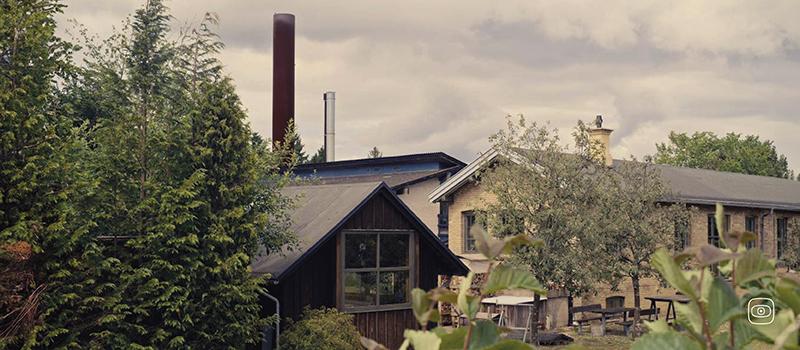Former workers have described the classic symptoms of 'Teflon flu' and reported that they had been exposed to hazardous substances for years without adequate protection or information. Several of them have developed diseases that fit a well-documented pattern seen in PFAS-related industries around the world.
There has also been environmental damage, with 'unexplained' groundwater pollution near the production site, including PFOA - a compound that can be directly linked to the coating products in use. Public and confidential information indicates that such chemicals, including newer variants such as GenX, are hidden behind incomplete safety data sheets and rebranded product lines.
These findings highlight a broader issue: how the fluoropolymer industry has operated with limited transparency, outpacing EU regulation and exploiting loopholes in national legislation to continue marketing restricted products. As Europe moves to tighten its oversight through the REACH restriction process, this case illustrates the challenges that regulators face in keeping up with industry practices.
Meanwhile, in other countries like Italy, communities long affected by PFAS contamination from the former plants are developing mitigation strategies not only to cope with ongoing health and environmental risks.These strategies could also serve as models for other European communities facing similar toxic legacies.
Image by Anders Palm Olesen. The factory chimney towers over the small town of Kvistgård.





